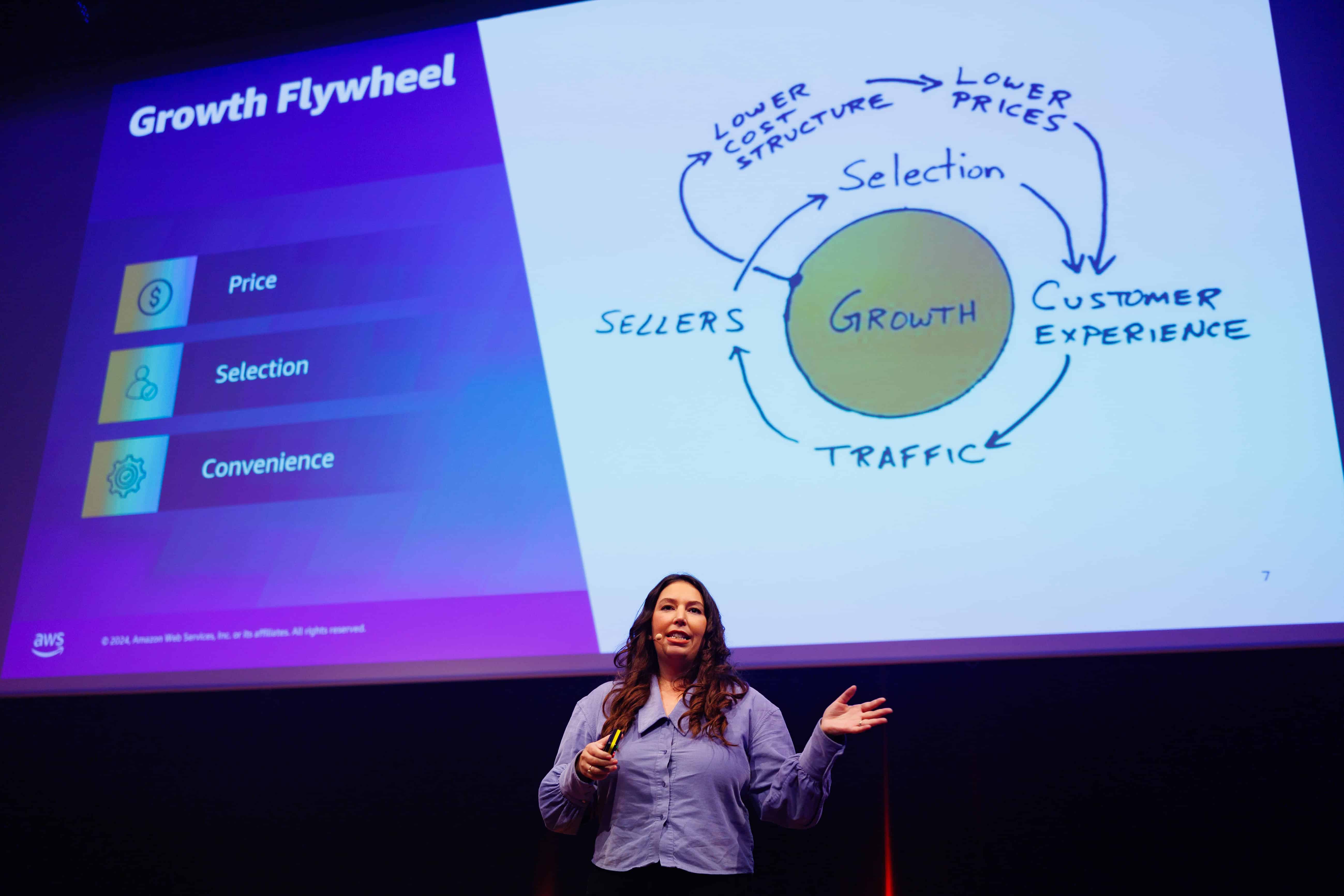
Global warming’s influence stretches to seismic events, as the Earth’s rising temperatures are associated with an increase in ocean wave energy. As the planet heats, the storminess of the seas increases, causing ocean waves to gain strength. This phenomenon generates seismic waves visible on seismographs, adding a fresh dimension to climate change’s tangible impacts. Recent studies reveal a decades-long rise in wave energy, with the North Atlantic waves intensifying the fastest. This growing wave energy, in tandem with sea level rise, exacerbates risks for coastal communities and infrastructure.
- Wave energy has been rising at an accelerating pace since the late 20th century.
- Seismographs detect the seismic signals from storm-driven ocean waves.
- Coastal communities face increased risks due to stronger waves and sea level rise.
The correlation between the ocean’s undulating waves and the tremors felt beneath our feet has long been an area of scientific intrigue. However, new research published in Nature Communications is drawing a direct line between the increasing strength of ocean waves and the seismic activity recorded across the globe, a phenomenon intensified by the warming climate.
Wave energy has not only been rising; it has been doing so at an accelerating pace. According to recent studies, the globally averaged ocean wave energy has surged at a median rate of 0.27% per year since the late 20th century, with the rate of increase climbing to 0.35% per year since 2000.
Seismic signals and surging seas
Seismographs, typically associated with the detection of earthquakes, are registering an unprecedented level of activity from an unlikely source: the ocean waves. These instruments, sensitive to a myriad of seismic phenomena, are picking up the incessant thrum created by storm-driven ocean waves, known as the global microseism.
The power of these seismic waves has been getting stronger over recent decades, reflecting the burgeoning storminess of our seas and a higher ocean swell. This escalation is observed across 52 seismograph sites worldwide, with a significant increase in energy detected at 79% of these locations.
The microseismic process
Ocean waves impart their force onto the seabed in two primary ways, leading to what are known as primary and secondary microseismic signals. The secondary microseism, the more energetic of the two, vibrates at a period between about eight and 14 seconds. The primary microseism, on the other hand, results from ocean waves directly interacting with the seabed and has a longer period between 14 and 20 seconds.
The intensification of these signals is not evenly distributed across the globe. The Southern Ocean near the Antarctic Peninsula and the North Atlantic have experienced the most significant increases, with the latter showing the fastest intensification in recent decades. This regional variation in wave energy underscores the complex interplay between climate change and local weather patterns.
Coastal consequences
The repercussions of this phenomenon extend beyond the realms of seismology and into the daily lives of coastal populations. As ocean waves strengthen, they can lead to more powerful storms, which in turn can cause severe coastal erosion and infrastructure damage. For instance, Storm Ciarán, which struck Europe in November 2023 with hurricane-force winds and formidable waves, was a stark reminder of the destructive potential of such events.
The rise in ocean wave energy is also compounded by the ongoing sea level rise, fuelled by climate change. This dual threat poses a significant challenge for coastal communities, highlighting the urgent need to build resilience into coastal infrastructure and environmental protection strategies.
A warming planet’s seismic signature
Ocean waves are gaining strength as a direct consequence of the planet’s warming, a finding that aligns with the broader understanding that the oceans have absorbed about 90% of the excess heat associated with rising greenhouse gas emissions from human activities. This heat absorption has not only led to warmer ocean temperatures but also to more intense storms and waves, as warmer water provides more energy to weather systems.
These developments add a new layer of complexity to the already daunting challenge of mitigating climate change. It’s not just the air temperature or sea level rise that concerns scientists, but also the very shaking of the Earth under the influence of a warming climate. The interconnectedness of Earth’s systems means that the impacts of climate change are far-reaching, affecting not just the atmosphere and oceans but also the solid earth itself.
Adapting to a shifting baseline
The findings urge a re-evaluation of how societies prepare for and adapt to the effects of climate change. Dreaming of beachfront property might soon be overshadowed by the risks of storm erosion and land collapse, as seen along parts of Florida’s coast. The increasing ocean wave heights serve as a sombre warning for coastal communities, where the combined effects of climate change could lead to devastating consequences if not adequately managed.
These discoveries reinforce the importance of integrating seismic data into climate models, ensuring that projections for future climate impacts include the potential for increased seismic activity due to stronger ocean waves. It’s a stark reminder of the planet’s complex and dynamic nature, and the pressing need for comprehensive strategies that address the full spectrum of climate change impacts.








